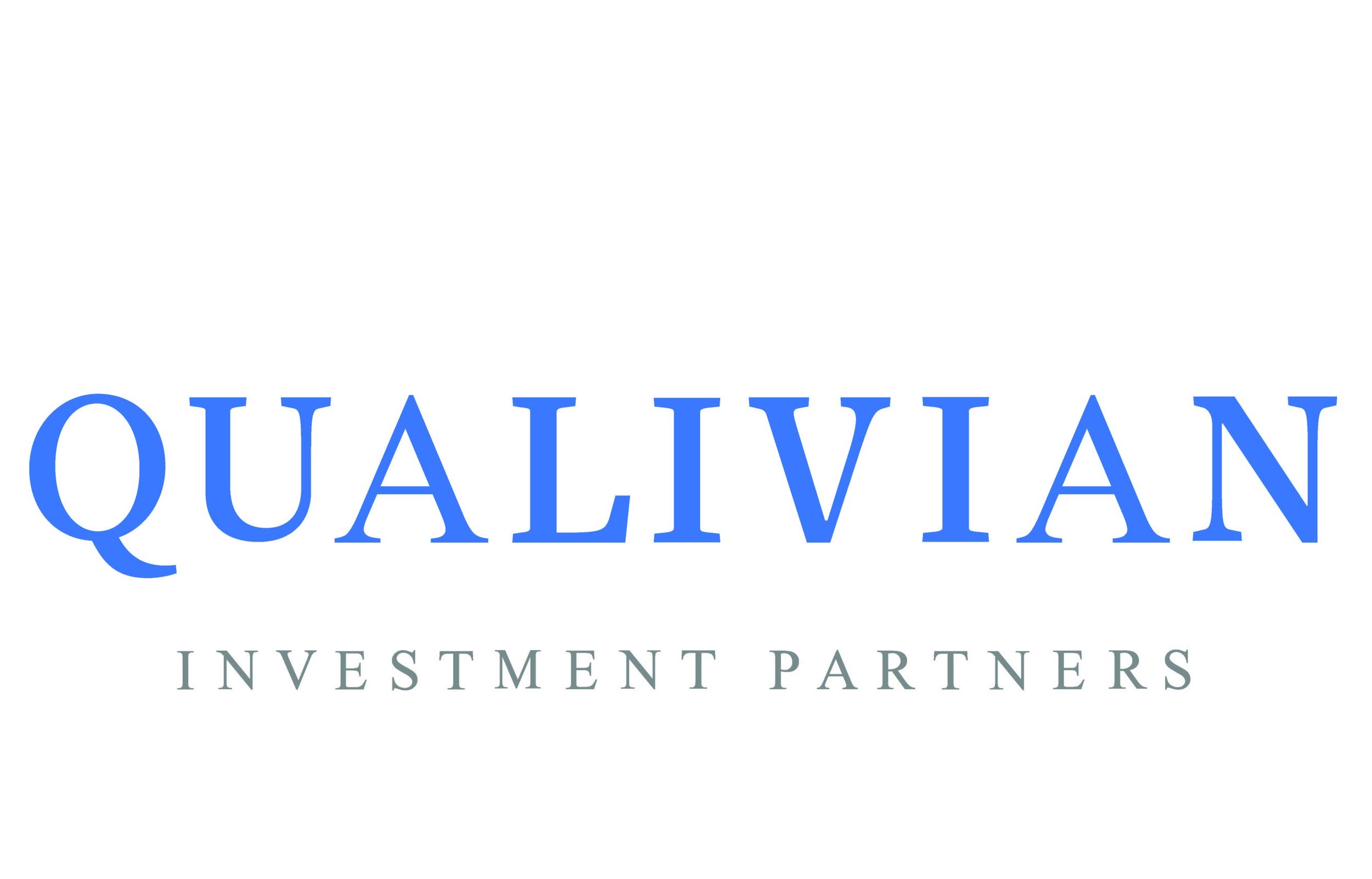Our Process
The investment process for identifying and selecting Quality Compounders relies on an extensive assessment of company fundamentals and developing an independent, differentiated view of risk-reward profiles.
Our process has four principle differentiators
Idea Generation
We define targeted industries and sectors where Quality Compounders are most often found. We employ quantitative screens to narrow the universe further to focus our fundamental research and analysis on a manageable number of companies to monitor and assess. However, many ideas also come over the transom from other sources including other like-minded investors. Within that narrowed universe, we search for investment opportunities that meet our core investment criteria, including wide moats, long-term growth runways, rational capital allocation, and high return on invested capital businesses. We ask questions like “Can we accurately assess and understand a company’s competitive position five years into the future?” or “What is the market missing about the sustainability of capital returns?”
4. Risk Management
Qualivian’s view is that long term out-performance is as much about preventing permanent capital losses as it is about profiting from time arbitrage and compounding. To emphasize capital preservation, we start by investing in Quality Compounders, which have strong franchise characteristics. At the position level, risk management starts with our culture of openly debating the merits of investment theses and positions. Furthermore we apply stock and sector size limits to manage inappropriate levels of concentration.
2. Portfolio Construction
The portfolio construction process is based on bottom-up fundamental stock selection and a rigorous valuation analysis, selecting those stocks that have the most attractive growth and return prospects and that are priced at an appropriate discount to our assessment of their long-term intrinsic value. We balance the risk-reward of each stock position and weight it accordingly.
3. Portfolio Management
We monitor and re-balance stocks to target weights based on potential upside performance and overall sector exposures. We employ a pruning discipline when there are more attractive opportunities that can replace less attractive holdings. Furthermore, as long-term oriented investors with targeted average holding periods of 3-5 years, portfolio turnover should be low, improving tax efficiency.

